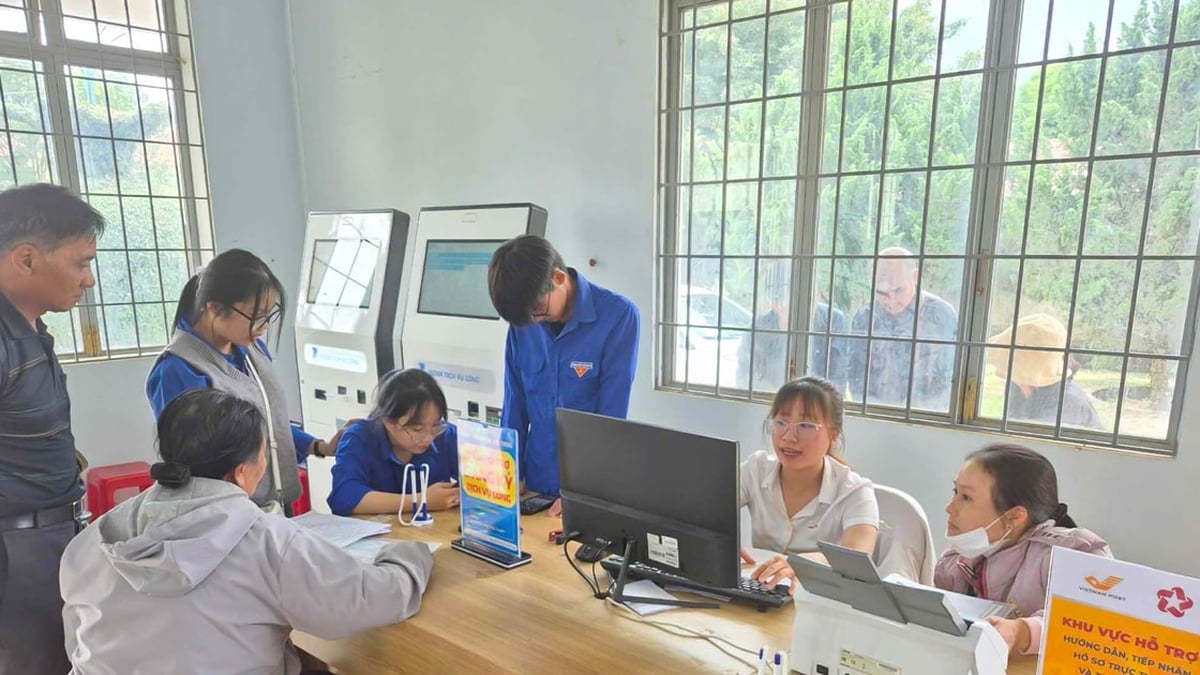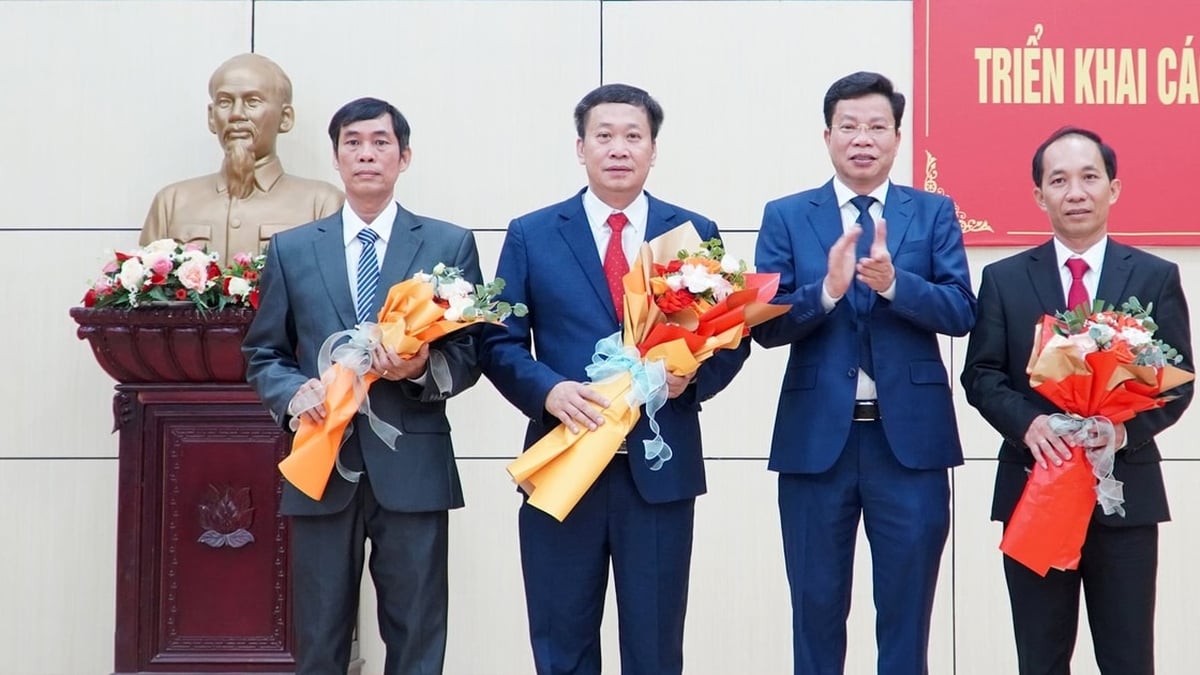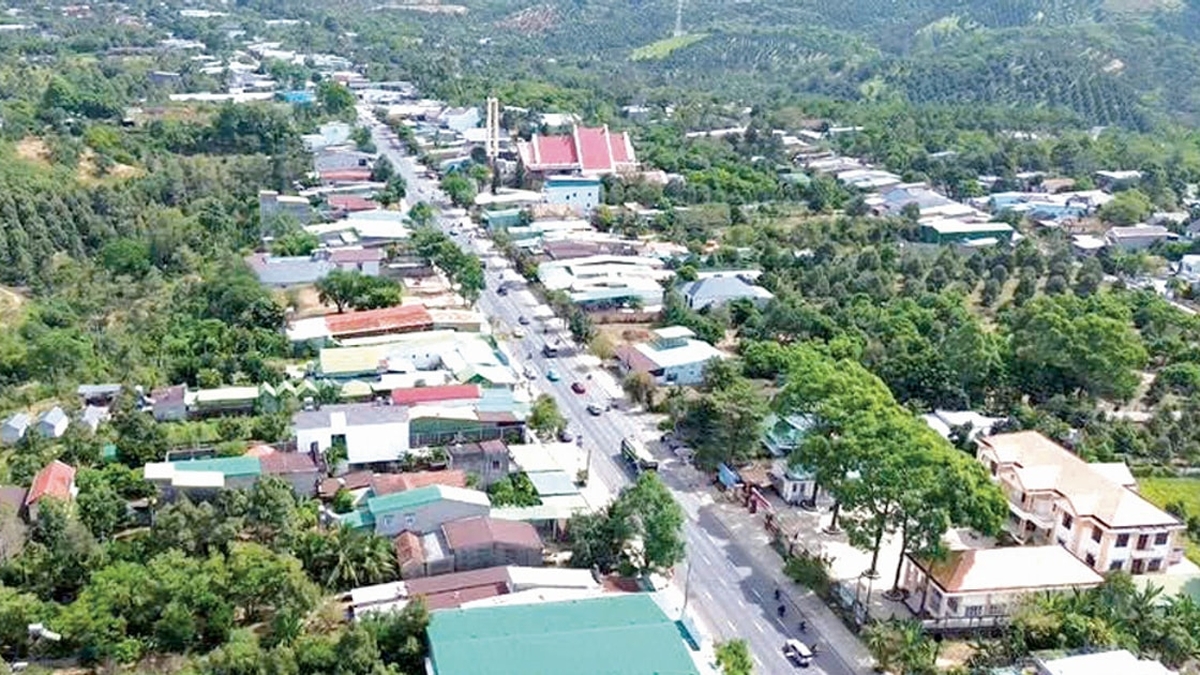Vietnam Valuation Standards on Real Estate Valuation issued together with Circular 42/2024/TT-BTC stipulates and guides on real estate valuation when appraising prices in accordance with the provisions of law on prices.
Circular 42/2024/TT-BTC takes effect from August 5, 2024.
Note: This Vietnamese valuation standard does not apply to land valuation under the provisions of the law on land.
The subjects applying this new Vietnamese Valuation Standard on Real Estate Valuation include:
- Price appraisers and price appraisal enterprises perform price appraisal service provision activities in accordance with the provisions of law on prices.
- Organizations and individuals performing State price appraisal activities according to the provisions of law on prices.
- Organizations and individuals requesting valuation, third parties using valuation reports according to valuation contracts (if any).
According to the Vietnamese Valuation Standards on Real Estate Valuation, the approaches applied in real estate valuation will include the following methods: market approach, cost approach and income approach as prescribed in the Vietnamese Valuation Standards or using a combination of approaches.
Regarding the valuation methods used in real estate valuation, they will include valuation methods belonging to the approaches or a combination of approaches specified in this Vietnamese Valuation Standard. The surplus method is a valuation method built on the basis of combining the market approach, the cost approach and the income approach.
Based on the characteristics of the real estate to be appraised, the purpose of the appraisal, the time of appraisal, the basis of the appraisal value, the information and data about the real estate to be appraised that can be collected to choose the appropriate approach and method of appraisal.
Real estate valuation approaches and methods
Pursuant to Article 4 of Circular 42/2024/TT-BTC regulating approaches and methods of real estate valuation from August 5, 2024 as follows:
(i) Approaches applied in real estate valuation include the market approach, the cost approach and the income approach as prescribed in the Vietnamese Valuation Standards or a combination of approaches.
(ii) Valuation methods used in real estate valuation include valuation methods belonging to the approaches or combinations of approaches specified in Clause (i) of this Section. The surplus method is a valuation method built on the basis of combining the market approach, the cost approach and the income approach.
(iii) Based on the characteristics of the real estate to be appraised, the purpose of the appraisal, the time of appraisal, the basis of the appraisal value, the information and data about the real estate to be appraised that can be collected to choose the appropriate appraisal approach and method.
Accordingly, the application of the surplus method from August 5, 2024 is implemented as follows:
(i) Formula in the surplus method:
V = DT - CP
In there:
- V: Appraised asset value.
- DT: Total development revenue.
- CP: Total development cost.
(ii) Implementation content:
- Determine the highest and best use of the property.
- Determine the future cash flow forecast period (n).
- Determine total development revenue (DT).
- Determine total development costs (CP).
- Determine the value of real estate (V).
(iii) Cases regarding the time of arising of development revenue and real estate development costs:
- Case 1: Real estate development revenue and real estate development costs arise in the same year. In that case, real estate development revenue and costs are calculated based on the price level at the time of valuation.
V = DT - CP (at the time of valuation)
- Case 2: The real estate development process lasts for many years, after construction, the property is rented out for business or a part is rented out for business or part of the property is sold over many years.
In there:
- V: Appraised asset value.
- DTt: Expected development revenue in year t.
- CPt: Estimated development costs for year t.
- r: Discount rate.
- n: Future cash flow forecast period.
- t: Forecast year.
In addition, pursuant to Article 10 of Circular 42/2024/TT-BTC, the determination of the discount rate (r) in the surplus method is prescribed as follows:
Determining the discount rate needs to reflect the time value of money and the risks associated with cash flows arising during the construction, completion and operation of a real estate project.
The discount rate is determined in one of the following ways:
- The discount rate determined by the income approach is specified in the Vietnamese Valuation Standards on the Income Approach.
- The discount rate is determined based on the average medium-term lending interest rate of VND deposits at commercial banks in which the State holds more than 50% of the charter capital or total voting shares with headquarters or branches in the province at the time of valuation to implement real estate investment and business projects.
The highest and best use of a property is determined on the following basis:
- Characteristics of real estate appraisal.
- Information on land use planning, construction planning, traffic planning, regulations on land use conversion and regulations on construction investment approved by competent authorities.
- Guidance on analyzing the best and most effective use of the Vietnamese Valuation Standards on Collecting and analyzing information on assets to be valued.
Wisdom
Source: https://www.nguoiduatin.vn/cac-cach-tiep-can-phuong-phap-tham-dinh-gia-bat-dong-san-tu-5-8-a669626.html























![[Photo] National Assembly Chairman Tran Thanh Man visits Vietnamese Heroic Mother Ta Thi Tran](https://vphoto.vietnam.vn/thumb/1200x675/vietnam/resource/IMAGE/2025/7/20/765c0bd057dd44ad83ab89fe0255b783)














































































Comment (0)